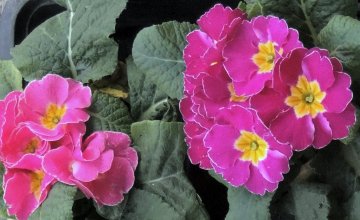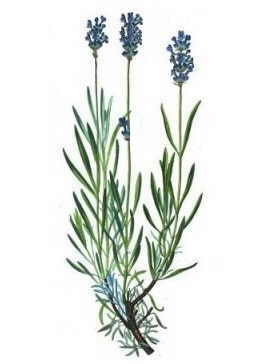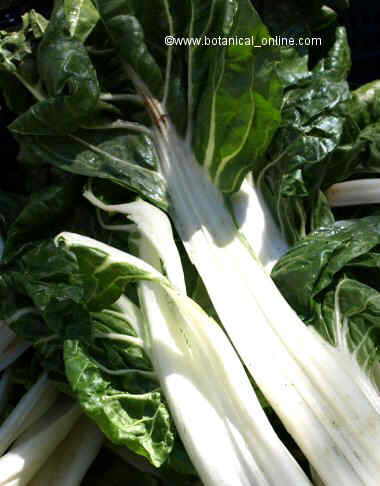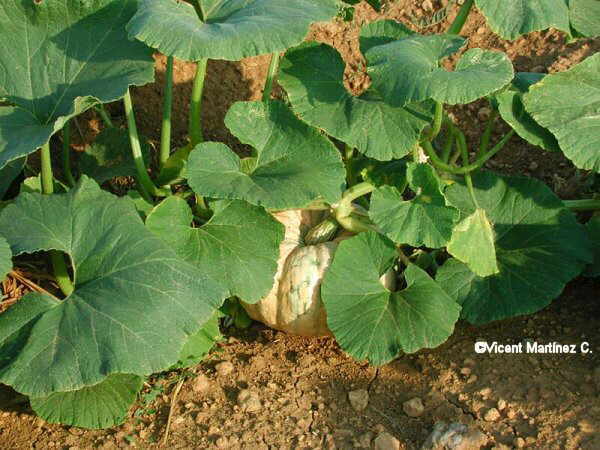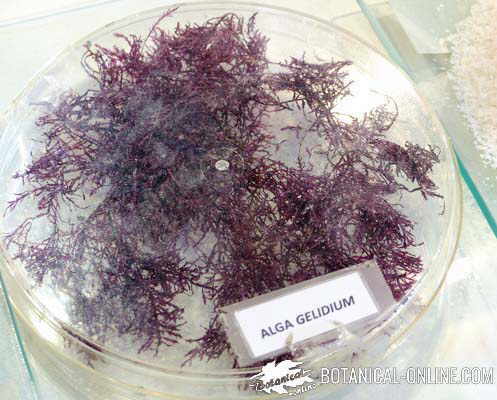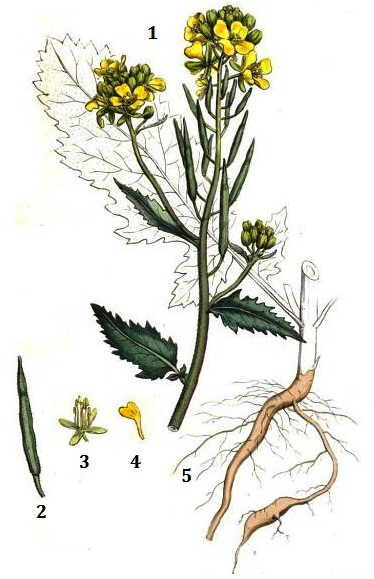Contents
PENNYROYAL TOXICITY
Scientific noun: Mentha pulegium
Family: Mint family – Labiatae
Habitat: In humid areas, in ponds, rivers and meadows. Active components: Pulegone, isopulegone, thujone…
Active parts: All the plant, especially its essential oil
Toxicity of pennyroyal
The toxicity of this plant is very high. The dry or tender plant can be toxic in its medicinal use when exceeding the permitted dose.
Even in therapeutic doses, its use is not recommended by some experts because they think that, because of its content in isopulegone and pulegone, it can be toxic to the liver, as these principles are accumulated in this organ. In any case, they advise not taking it continuously.
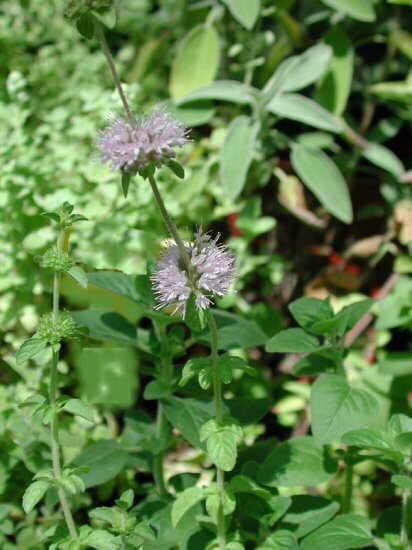
Pennyroyal essential oil
Essential oil of pennyroyal is extremely toxic. It is very rich in pulegone (over 80%) This component has hallucinogenic properties and is toxic to the liver (hepatotoxicity), kidney (nephrotoxicity), the brain and nervous system (neurotoxic) and lungs.
The amounts prescribed in therapeutic treatments are very close to the toxicity level, so there is a risk of poisoning. Doses of only half a teaspoon can be fatal.
The pulegone and especially the thujone content of its essential oil makes this plant a very potent poison.
Thujone possesses emmenagogue properties, by stimulating the uterine muscles. This property, which has been used medicinally for the treatment of difficult periods, can easily lead to abortion.
Moreover, this component offers prominent toxic, hallucinogenic and neurotoxic properties. It is capable of triggering convulsive episodes, depression and paralyzing the respiratory muscles by means of directly affecting the central nervous system.
The use of pure essential oil applied to the skin can easily produce adverse reactions, being capable of causing dermatitis and, in severe cases, blisters or necrotic wounds.
This same reaction can occur in people sensitive to its components even when the oil is diluted in water or when the fresh grass is rubbed on the skin.
Many of the terpenes contained in this plant may cause skin reactions such as phellandrene, menthol, thymol, and eugenol.
Pennyroyal and pregnancy
Both essential oils and preparations of fresh or dried herb should not be supplied to any pregnant women, because this plant is considered one of the main abortive plants.
In fact, it has been widely used for this purpose, being responsible for numerous accidents that have caused death or serious poisoning in pregnant women.
Nor is recommended for use with infants, since women can transfer these principles to their babies through the milk.
Other possible reactions and interactions with other drugs:
– It has been observed that the routine use of this herb may cause hypoglycemia, so it is recommended not to mix it with other products with the same effects.
– Regular use of this plant can lower iron levels in the blood as it inhibits iron absorption.
– Its use, combined with other medicines or plants, can enhance its effects, are therefore it is advised no to take with other medication except under medical consultation
Symptoms:
– Internal: diarrhea, dizziness, mental confusion, sore throat, difficulty swallowing, muscle weakness, headache, ringing in the ears, convulsions, thirst, excessive sweating, weak pulse and paralysis of the breathing muscles, coma.
– External use: dermatitis, itching, restlessness, malaise, itchy eyes.
![]() More information on pennyroyal.
More information on pennyroyal.

